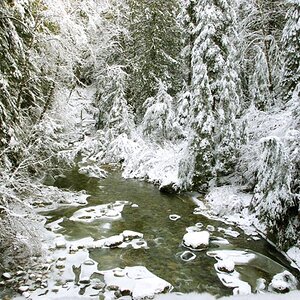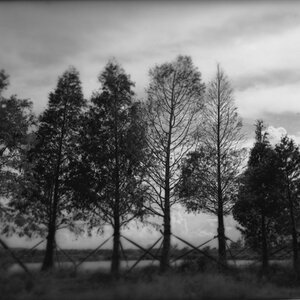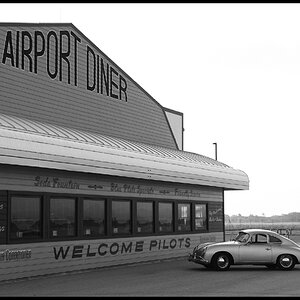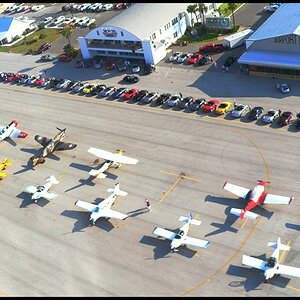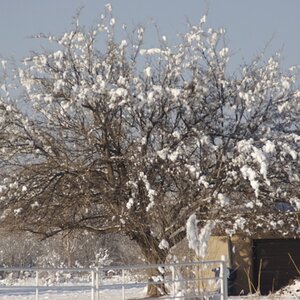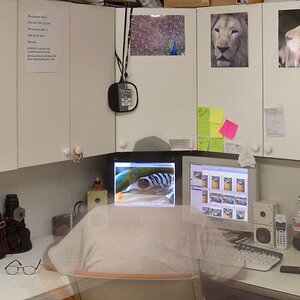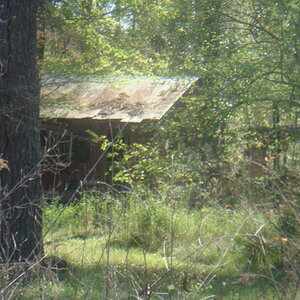sniperbob13
TPF Noob!
- Joined
- Sep 12, 2011
- Messages
- 17
- Reaction score
- 2
- Location
- Baghdad, Iraq
- Can others edit my Photos
- Photos OK to edit
Hey guys, I think I've come to the right place for advice. Makes it so much easier with all this hands on knowledge in one place compared to googling forever.
I have been messing around with this hobby for a few years. I recently have not been into it as much do to the lack of quality in my equipment, all I have currently is my 5mp droid because I lost the cord to my 8mp kodak before I left for this deployment. Even when I could get a charge on the kodak I always had a problem shooting insects which are my main focus along with other nature, It would take me forever to get a good shot of the smaller insects. So now that I am making decent money over here I started to research equipment for the subjects I tend to focus on and that's how I found this great forum.
I knew I would need a good macro lens so that's what I started with. As of right now I am thinking about getting a canon MP-E 65mm lens and a canon 5d or 7d. I was hoping you guys could tell me more about this lens and which of these cameras you prefer. I am open to other suggestions though. I know how costly this equipment is and that there is most likely a learning curve when jumping from a $150 kodak to a camera of this quality, but I will be spending a lot of time using it so I'd rather go big now than upgrade later.
I have been messing around with this hobby for a few years. I recently have not been into it as much do to the lack of quality in my equipment, all I have currently is my 5mp droid because I lost the cord to my 8mp kodak before I left for this deployment. Even when I could get a charge on the kodak I always had a problem shooting insects which are my main focus along with other nature, It would take me forever to get a good shot of the smaller insects. So now that I am making decent money over here I started to research equipment for the subjects I tend to focus on and that's how I found this great forum.
I knew I would need a good macro lens so that's what I started with. As of right now I am thinking about getting a canon MP-E 65mm lens and a canon 5d or 7d. I was hoping you guys could tell me more about this lens and which of these cameras you prefer. I am open to other suggestions though. I know how costly this equipment is and that there is most likely a learning curve when jumping from a $150 kodak to a camera of this quality, but I will be spending a lot of time using it so I'd rather go big now than upgrade later.







